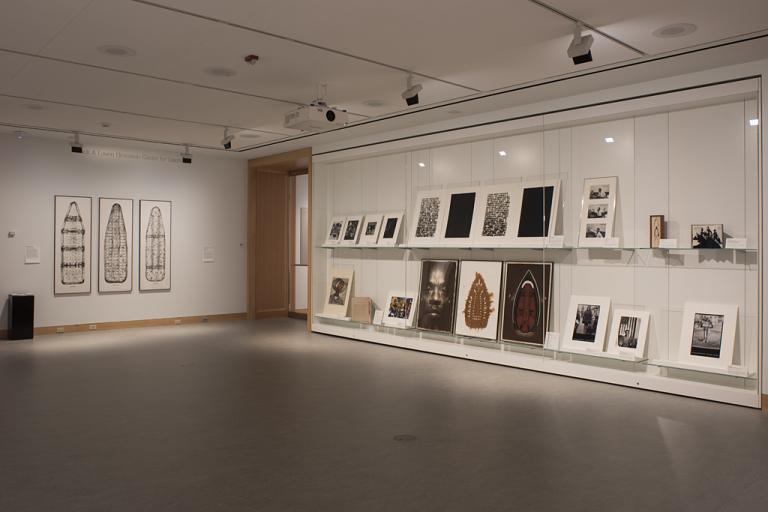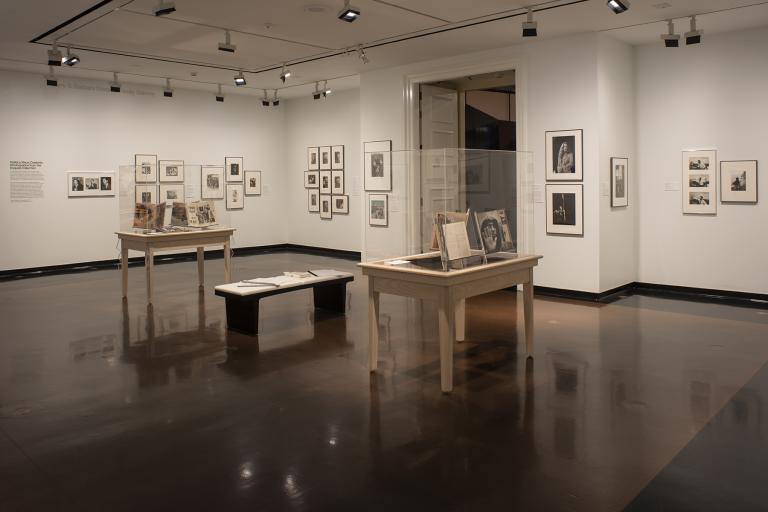Stokely Carmichael, Minoru Aoki
Artwork Overview
Minoru Aoki, artist
born 1936
Stokely Carmichael,
1967
Portfolio/Series title: “The Brilliancy of Black: Which color in the spectrum is being reestablished at this moment by one Stokely Carmichael; whose brushwork, Whitey baby, you better watch,” published in Esquire magazine, January 1967
Where object was made: Harlem, New York, New York, United States
Material/technique: gelatin silver print; board
Dimensions:
Image Dimensions Height/Width (Height x Width): 32 x 53.5 cm
Image Dimensions Height/Width (Height x Width): 12 5/8 x 21 1/16 in
Mat Dimensions (Height x Width): 24 x 32 in
Image Dimensions Height/Width (Height x Width): 32 x 53.5 cm
Image Dimensions Height/Width (Height x Width): 12 5/8 x 21 1/16 in
Mat Dimensions (Height x Width): 24 x 32 in
Credit line: Gift of Esquire, Inc.
Accession number: 1980.0478
Not on display
If you wish to reproduce this image, please submit an image request







